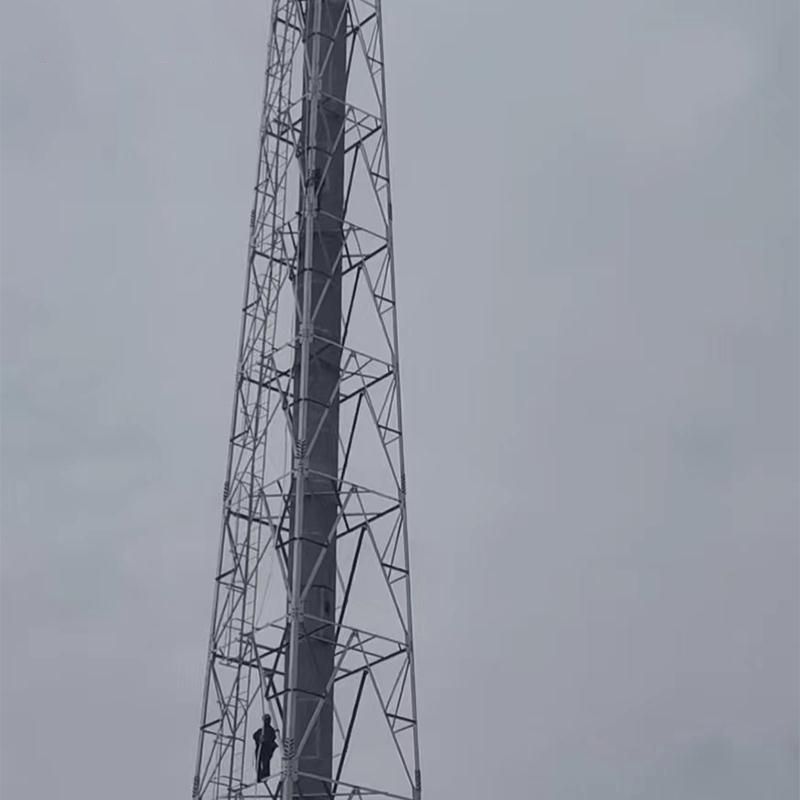Reaching New Heights: Deciphering the Science Behind Tower Chimney Elevation
2023-11-21
Introduction:
In the vast expanse of industrial landscapes, tower chimneys stand as vertical sentinels, their heights often commanding attention and sparking curiosity. The elevation of a tower chimney is not arbitrary but a meticulously calculated decision guided by a blend of engineering principles, environmental considerations, and operational requirements. In this exploration, we unravel the intricacies of determining the height of a tower chimney and the myriad factors that influence this crucial decision.
1. Emission Dispersion:
- One of the primary factors influencing chimney height is the dispersion of emissions. The height is designed to facilitate the efficient release of pollutants into the atmosphere, allowing them to disperse and dilute, reducing their concentration at ground level.
2. Stack Effect:
- The stack effect, driven by the buoyancy of hot gases, plays a pivotal role in chimney height determination. Taller chimneys enhance the stack effect, promoting a more effective upward flow of gases and minimizing the need for additional mechanical systems to expel emissions.
3. Environmental Regulations:
- Compliance with environmental regulations is a critical consideration. The height of a chimney is often dictated by emission standards and air quality regulations, ensuring that pollutants are dispersed at concentrations deemed safe for the surrounding environment and communities.
4. Wind Direction and Speed:
- Wind conditions are crucial in determining chimney height. The elevation needs to account for prevailing wind patterns to prevent pollutants from being carried back towards ground level. Wind speed and direction studies influence the final decision to optimize dispersion.
5. Site-Specific Considerations:
- The geographical and topographical features of the site influence chimney height. Varied landscapes, such as hills, valleys, or nearby buildings, can impact airflow patterns and dispersion, necessitating adjustments in chimney elevation to mitigate these effects.
6. Plume Rise:
- Plume rise, the vertical ascent of emissions due to temperature differences between the exhaust gases and the surrounding air, affects the dispersion of pollutants. The height is determined to ensure that the plume rises sufficiently to avoid ground-level impacts.
7. Temperature of Exhaust Gases:
- The temperature of exhaust gases influences their buoyancy and, consequently, the stack effect. Higher temperatures contribute to a more vigorous upward flow, affecting the required chimney height for optimal dispersion.
8. Type of Pollutants:
- Different pollutants have varying characteristics, including weight and reactivity. The height of the chimney is tailored to account for these differences, ensuring that pollutants are carried away and dispersed effectively.
9. Combustion Processes:
- The type of combustion processes within the industrial facility influences the composition and volume of emissions. The height is adjusted to accommodate the specific characteristics of these emissions, facilitating their safe release into the atmosphere.
10. Aesthetic Considerations:
- In some cases, the visual impact of a towering chimney on the surrounding landscape and community aesthetics may be a factor. The height is adjusted to strike a balance between functional requirements and aesthetic considerations.
Conclusion:
The determination of tower chimney height is a delicate equilibrium of science, regulations, and environmental consciousness. As industries strive for sustainable practices and compliance with stringent standards, the elevation of tower chimneys becomes a harmonious integration of engineering precision and responsible environmental stewardship. In reaching new heights, these industrial landmarks stand not only as symbols of progress but as guardians of air quality and environmental well-being.



